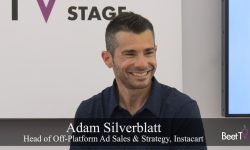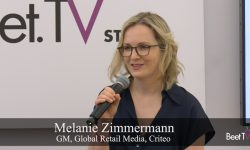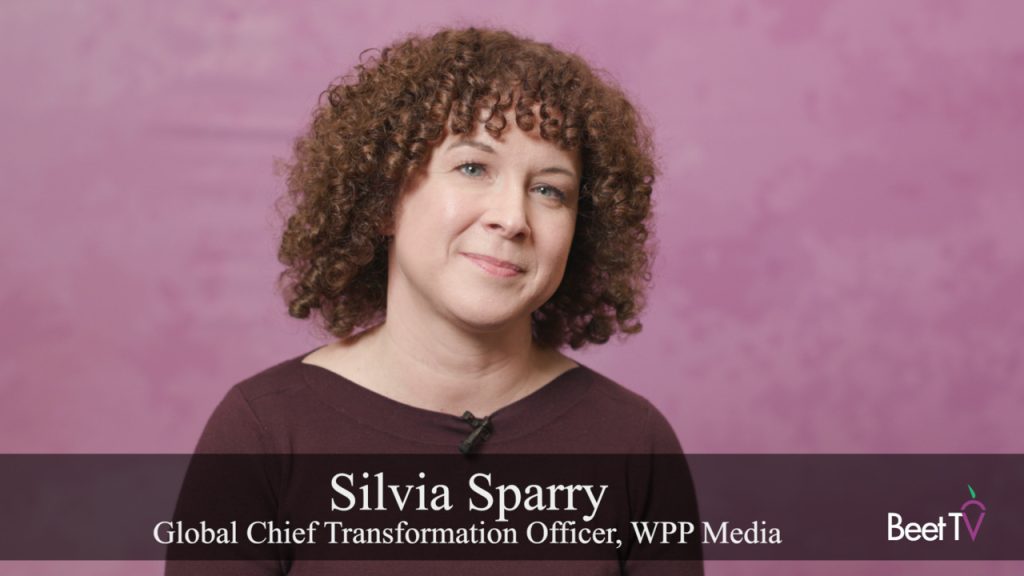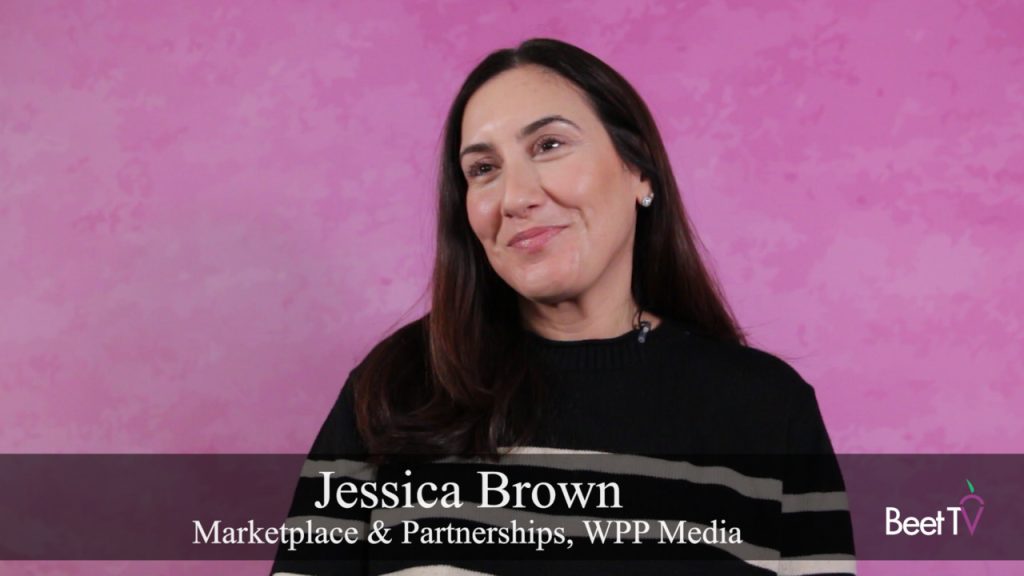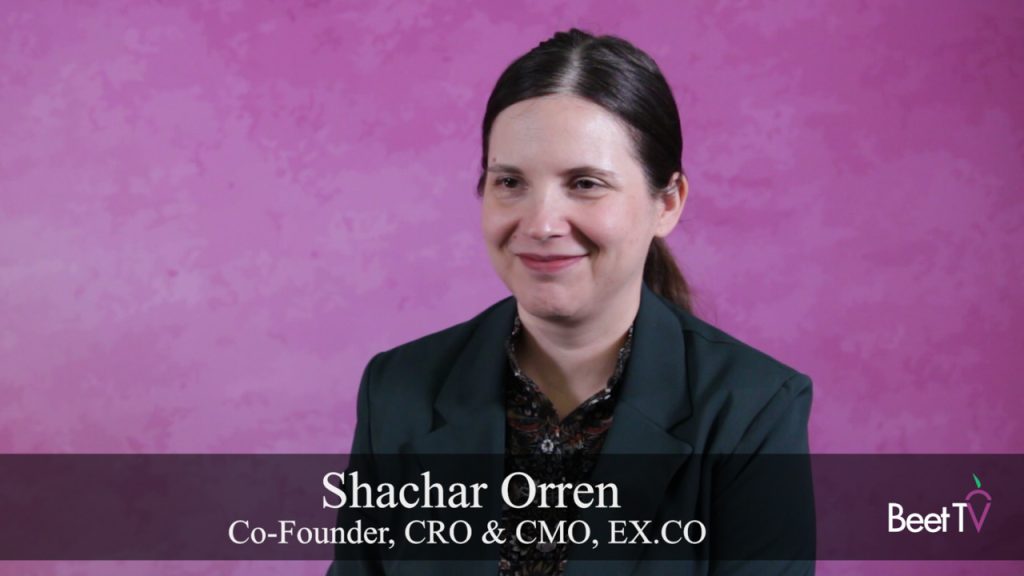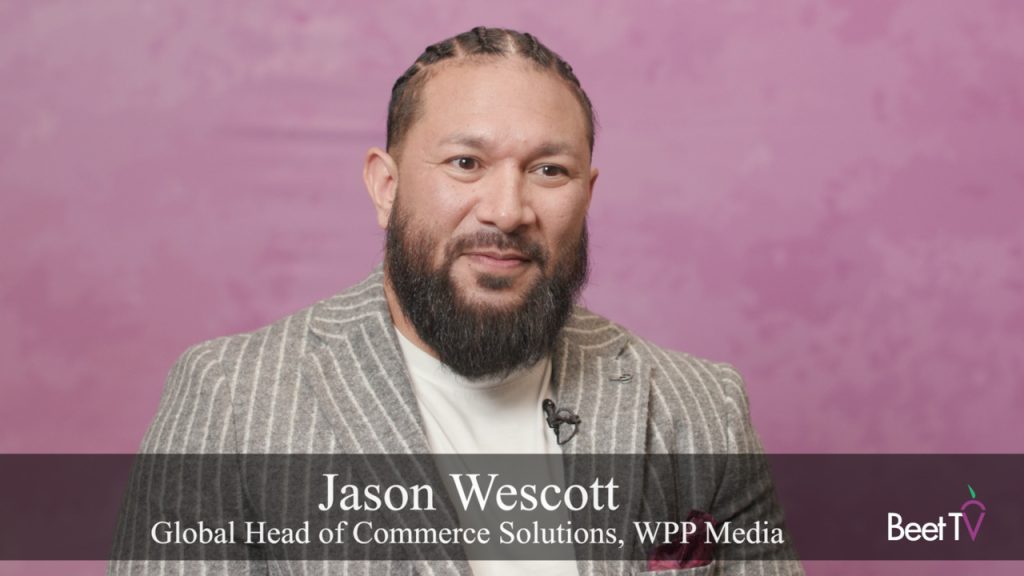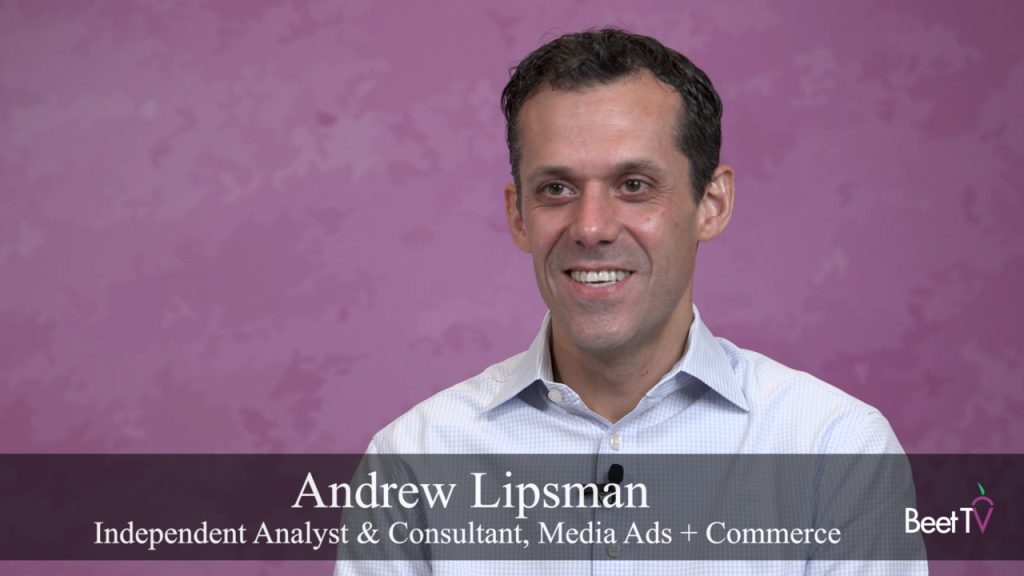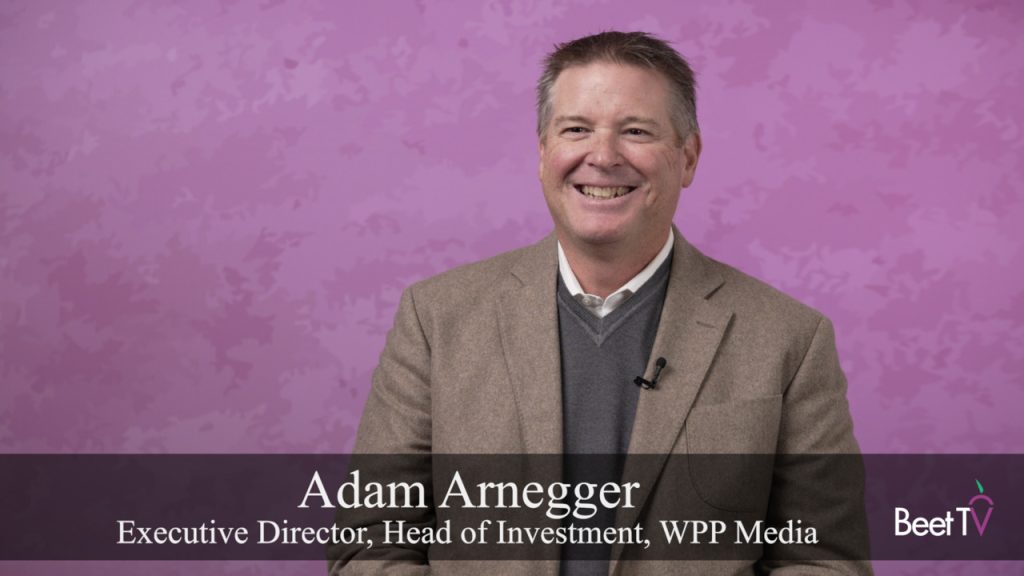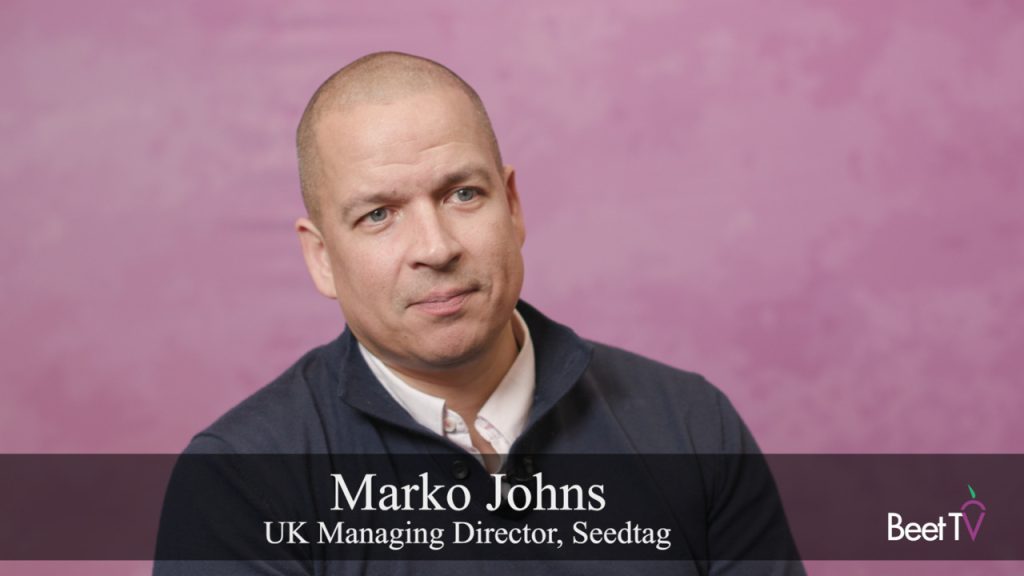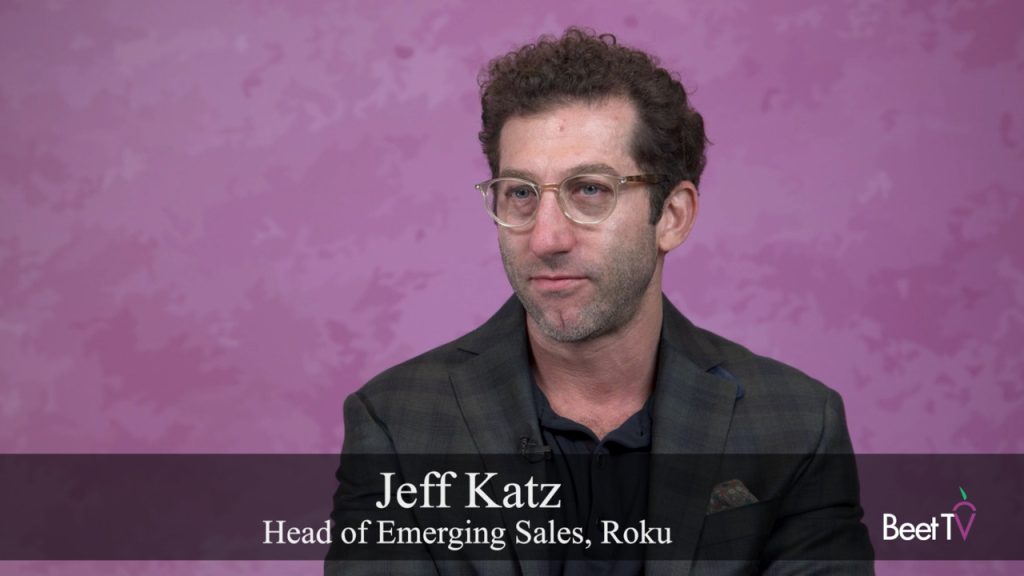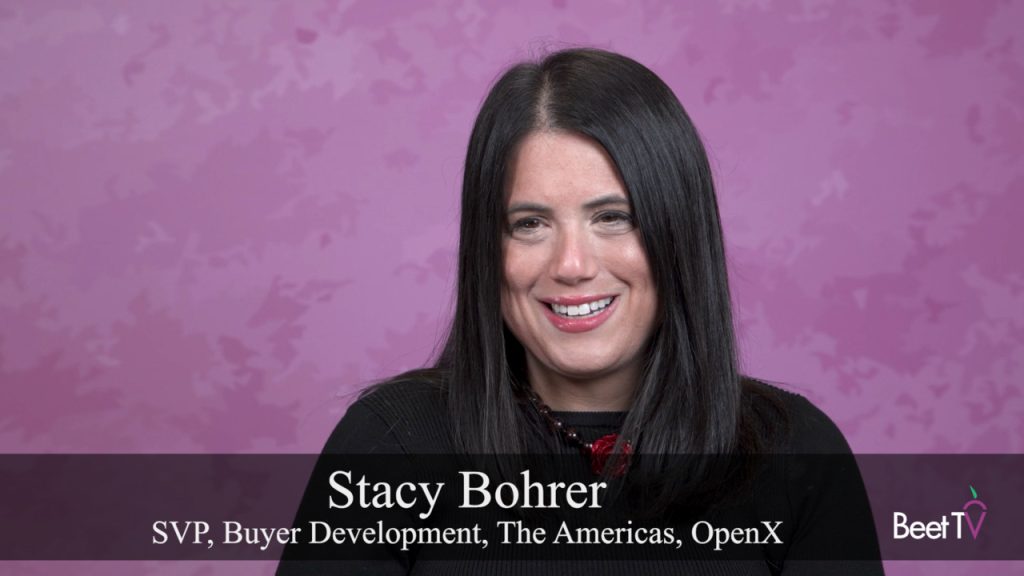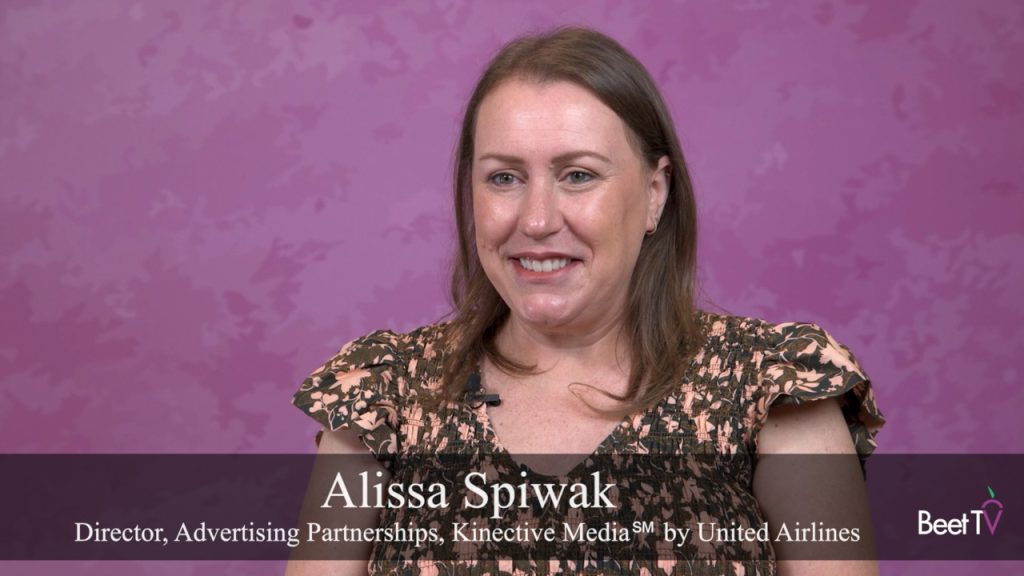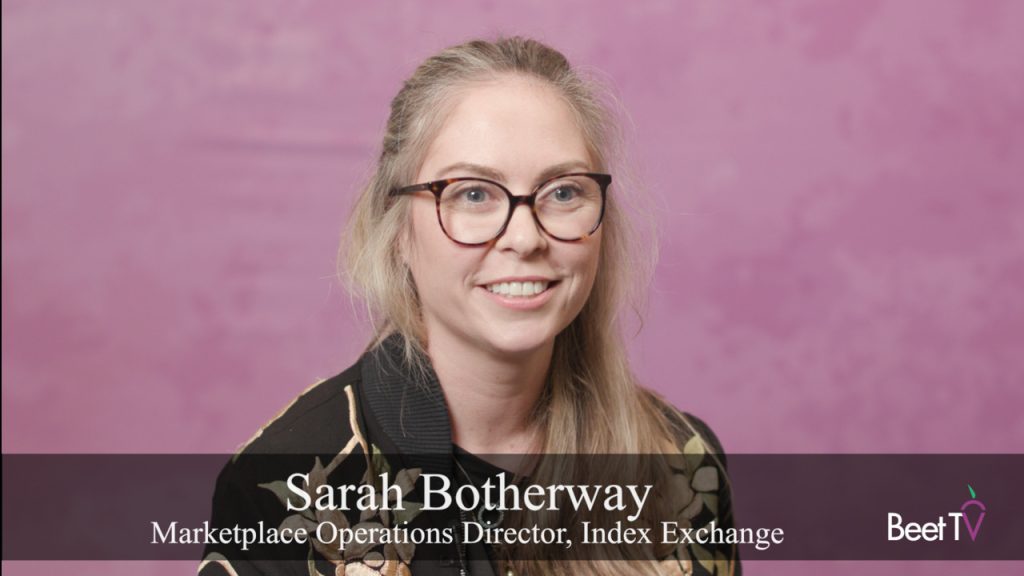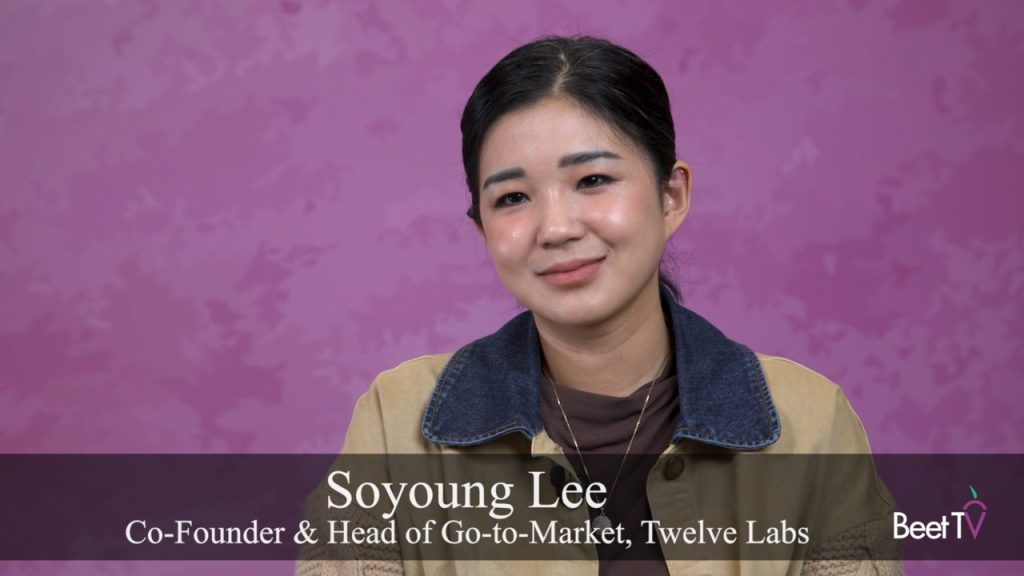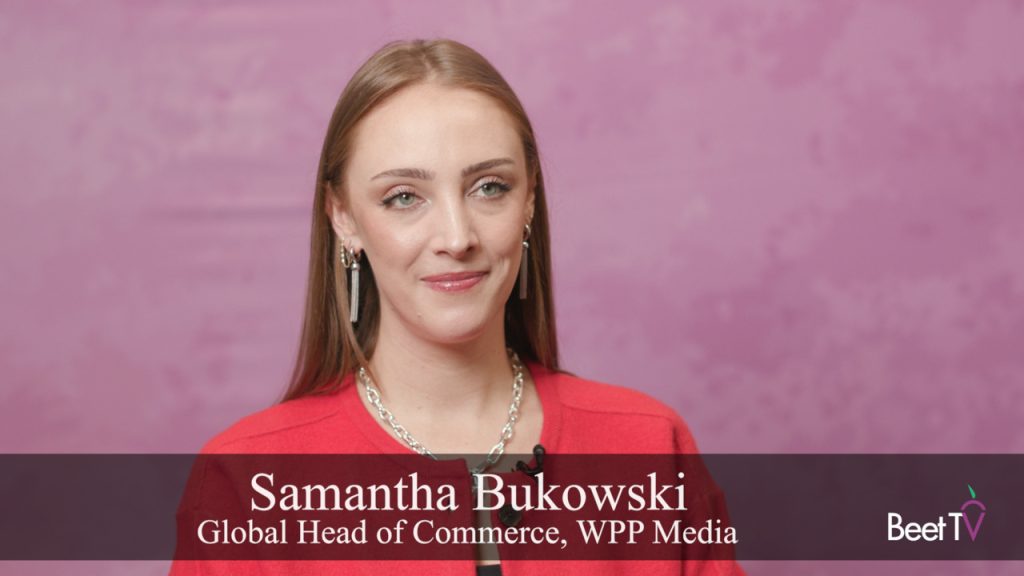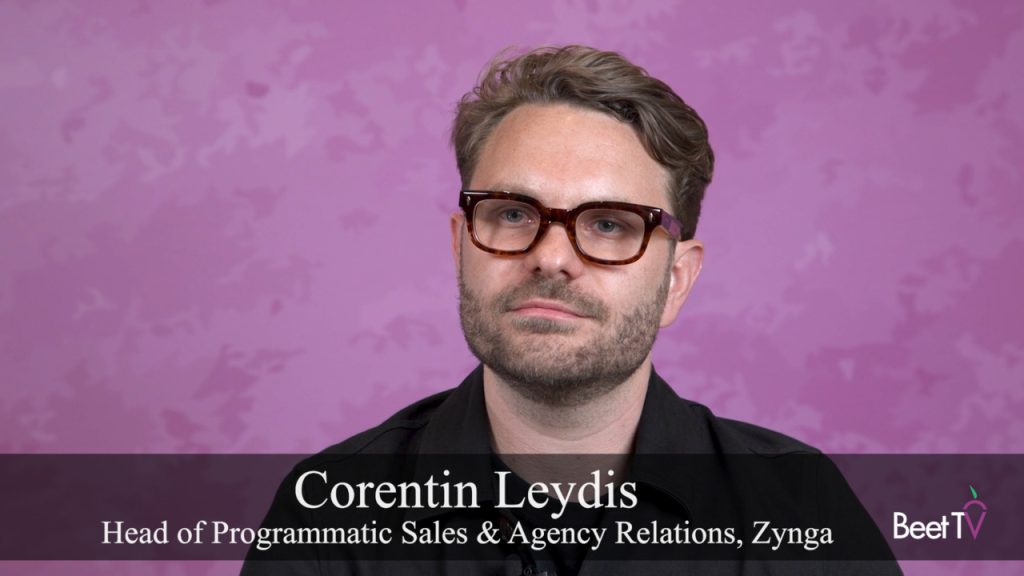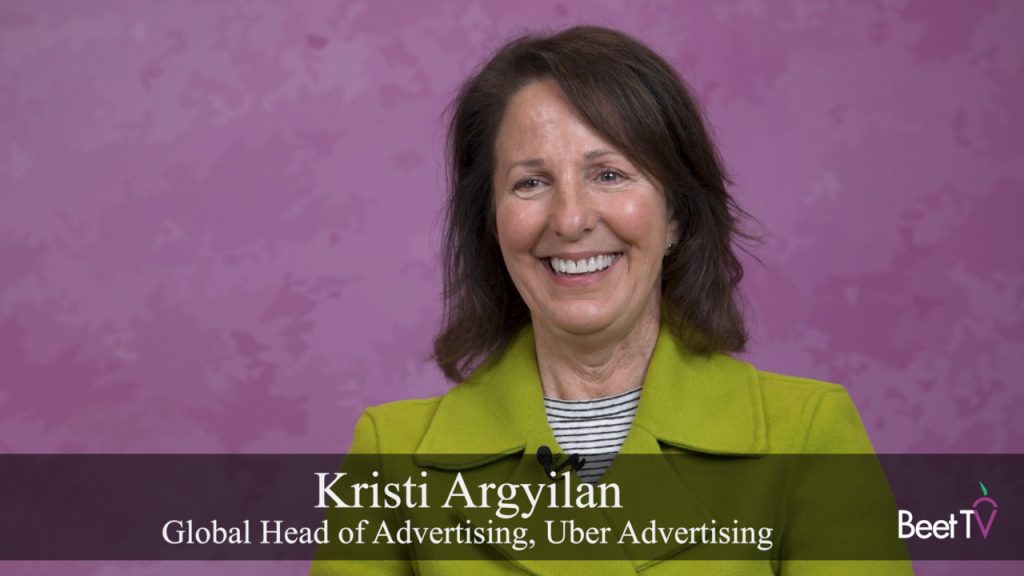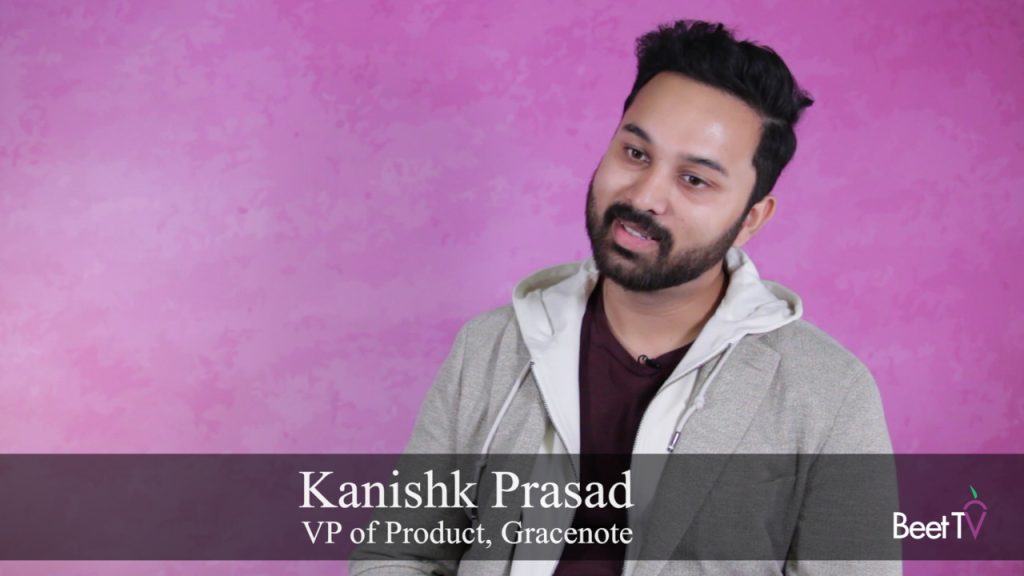CANNES — In the fractional seconds of a programmatic auction, the decision to bid on an ad impression is a high-stakes gamble. For advertisers under pressure to optimize every dollar, the challenge is separating the impressions likely to perform from the swathes of those that will not, a process often clouded by dozens of competing variables.
So, what if that decision could be informed by a decade of historical performance data? An emerging approach uses artificial intelligence to analyze an impression’s characteristics—from the ad format and screen type to the publisher’s context—to generate a simple “confidence score” that decides whether a bid gets placed.
This predictive logic is central to the strategy of ad-tech firm EXTE, which is training its AI to move beyond simple media metrics toward more complex business goals. “Our goal has always been to try to get our clients on the marketing side to whatever business outcome they’re looking to achieve as efficiently as possible,” said Matthew Doherty, chief executive officer, EXTE North America, in this video interview with Beet.TV at Cannes Lions.
Training AI for business outcomes
At the heart of the company’s platform is what Doherty described as a “genetic-based AI optimization logic” built on insights from over ten years of serving billions of impressions. The system is designed to understand how to best sequence and assemble an impression to predict its effectiveness against a specific key performance indicator. It analyzes a complex array of inputs available in the bid stream before making its decision.
“There’s over 30 different signals that we can see whenever we’re going out and potentially buying an impression,” Doherty explained. He said they include format, screen type, creative format, publisher and the context of the environment.
“If we’re 80% or more confident based on historical data that that sequence of inputs that we see in the bid stream are going to yield that desired KPI, we serve the impression —if we’re less than 80% sure, we don’t,” Doherty said. The company is now applying this model to business outcomes like return on ad spend, foot traffic lift, and incremental viewership.
Listening to the US market
AI is just one of the “hub” solutions EXTE has developed. The company was launched by thee European ad-tech companies, SunMedia, RichAudience, and Adpone. It now numbers over 300 0people in 15 countries and claims to be handling 200 billion requests per month across 1,500 publishers.
While EXTE has a significant footprint in Spain and other parts of Europe, its North American operation is just over a year and a half old. Doherty believes the company’s global experience has helped its US-market conversations become “very mature very quickly” across holding companies, independent agencies, and direct clients. The firm also provides optimized supply to other third-party ad platforms.
The company has surveyed the landscape to identify existing market challenges and workflow inefficiencies, allowing the firm to develop solutions tailored specifically to the needs of the US advertising ecosystem.
“Rather than taking the existing products that we had in Europe and just bring them right over to the US and try to force fit a new market into an existing set of solutions, we really took the time,” Doherty said.
A bullish bet on retail media
EXTE is particularly focused on the booming retail media sector, a space Doherty is “very bullish on.” The enthusiasm is well-founded, as the market continues its rapid expansion. US retail media ad spending is forecast to exceed $62 billion in 2025, according to an eMarketer report from January 2025, reflecting advertisers’ increasing demand for channels that tie spending directly to sales outcomes. The broader industry is also seeing a significant push toward integrating AI and automation to manage this complex ecosystem.
Doherty sees EXTE’s role as providing retail media networks (RMNs) with pre-vetted ad inventory. “Where we can be accretive and add value within the RMN world is by providing those retail media networks with supply-side optimized inventory that can be easily combined with the obviously very valuable retail media data that would be layered on top,” he said.
The ultimate goal is to create a more powerful combined offering. By curating impressions that are historically likely to drive sales and layering on an RMN’s rich first-party purchase data, the potential for performance lift increases significantly, Doherty claimed.
You’re watching “Dispatches from Cannes Lions 2025: Interviews on Innovation”, a Beet.TV Leadership Series at Cannes Lions 2025, presented by DirectTV, EXTE, Fandom, Future USA, Jivox, Kroger, New Tradition, Ogury, Pentaleap, Perion, Topsort, VuePlanner, and Walmart Connect. For more videos from this series, visit this page. You can find all of our coverage from Cannes Lions 2025 here.
















